Libyan Bird Society Conducts Field Survey to Monitor Migratory Birds in Celebration of World Migratory Bird Day.
As part of the celebration of World Migratory Bird Day, held this year under the theme “Shared Spaces: Creating Bird-Friendly Cities and Communities,” the Libyan Bird Society conducted a field activity on Saturday, 11 October 2025, in coordination with the Bessida Society for the Protection of Farwa Island and Lagoon. The activity focused on documenting and counting bird species in the Fumm Al-Waad area, east of Farwa Island.
This initiative forms part of the Society’s participation in the Global Birding Day program, which aims to update global bird databases and contribute to ongoing research efforts on migratory patterns and species distribution.
During the field survey, a total of 26 bird species were recorded, as follows:
Phoenicopterus roseus – Greater Flamingo
Platalea leucorodia – Eurasian Spoonbill
Egretta garzetta – Little Egret
Ardea cinerea – Grey Heron
Pluvialis squatarola – Grey Plover (Black-bellied Plover)
Charadrius hiaticula – Common Ringed Plover
Anarhynchus alexandrinus – Kentish Plover
Calidris minuta – Little Stint
Calidris alpina – Dunlin
Limosa lapponica – Bar-tailed Godwit
Numenius arquata – Eurasian Curlew
Actitis hypoleucos – Common Sandpiper
Tringa stagnatilis – Marsh Sandpiper
Tringa totanus – Common Redshank
Arenaria interpres – Ruddy Turnstone
Chroicocephalus genei – Slender-billed Gull
Ichthyaetus audouinii – Audouin’s Gull
Larus fuscus – Lesser Black-backed Gull
Larus michahellis – Yellow-legged Gull
Thalasseus sandvicensis – Sandwich Tern
Thalasseus bengalensis – Lesser Crested Tern
Alcedo atthis – Common Kingfisher
Lanius excubitor – Great Grey Shrike
Galerida cristata – Crested Lark
Hirundo rustica – Barn Swallow
Sturnus vulgaris – Common Starling
Farwa Island is considered one of the most important coastal sites in western Libya, serving as a key stopover for migratory birds crossing the Mediterranean. The island represents a priority area for monitoring and conservation efforts, highlighting its ecological significance and the need to preserve its natural habitats.
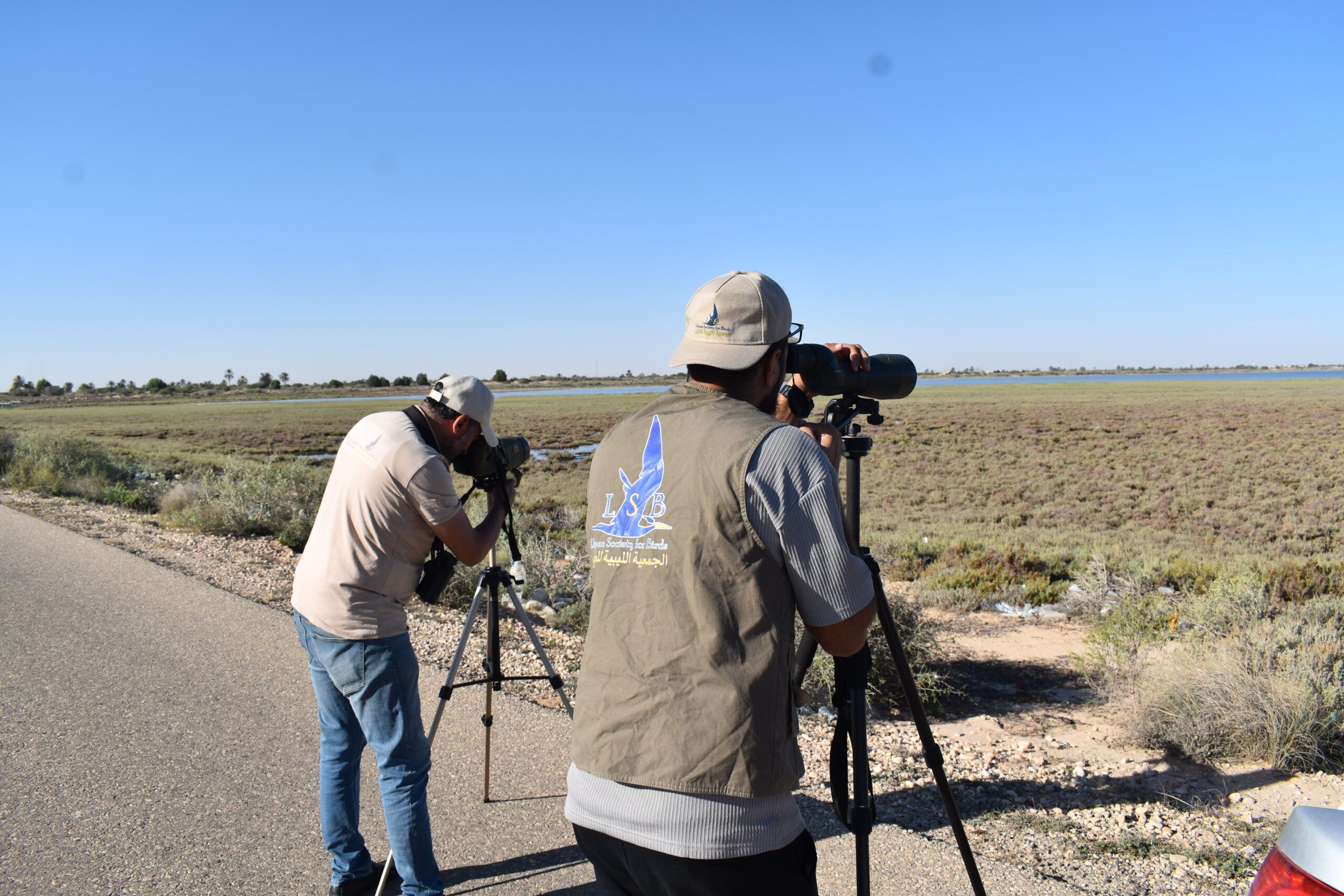
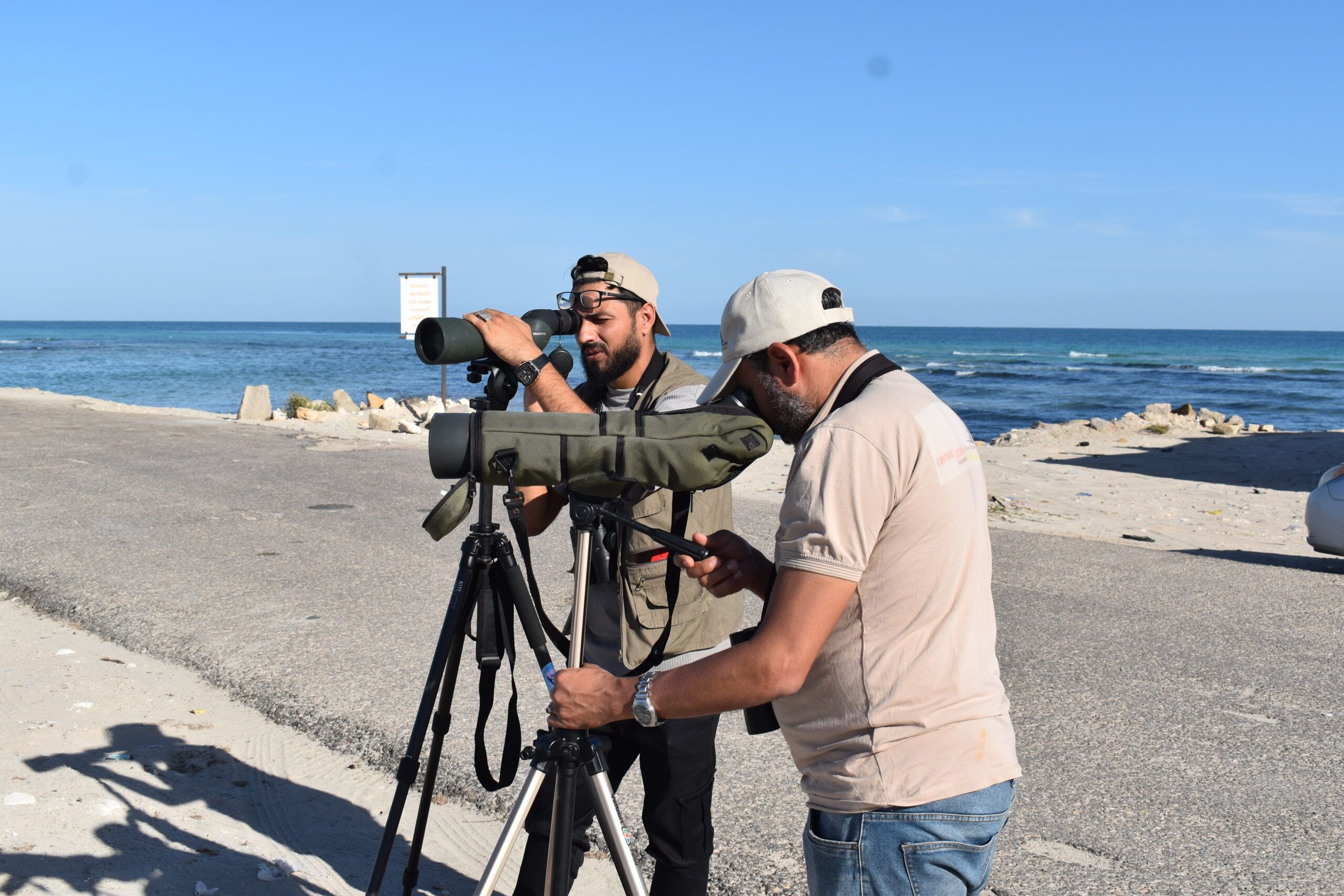
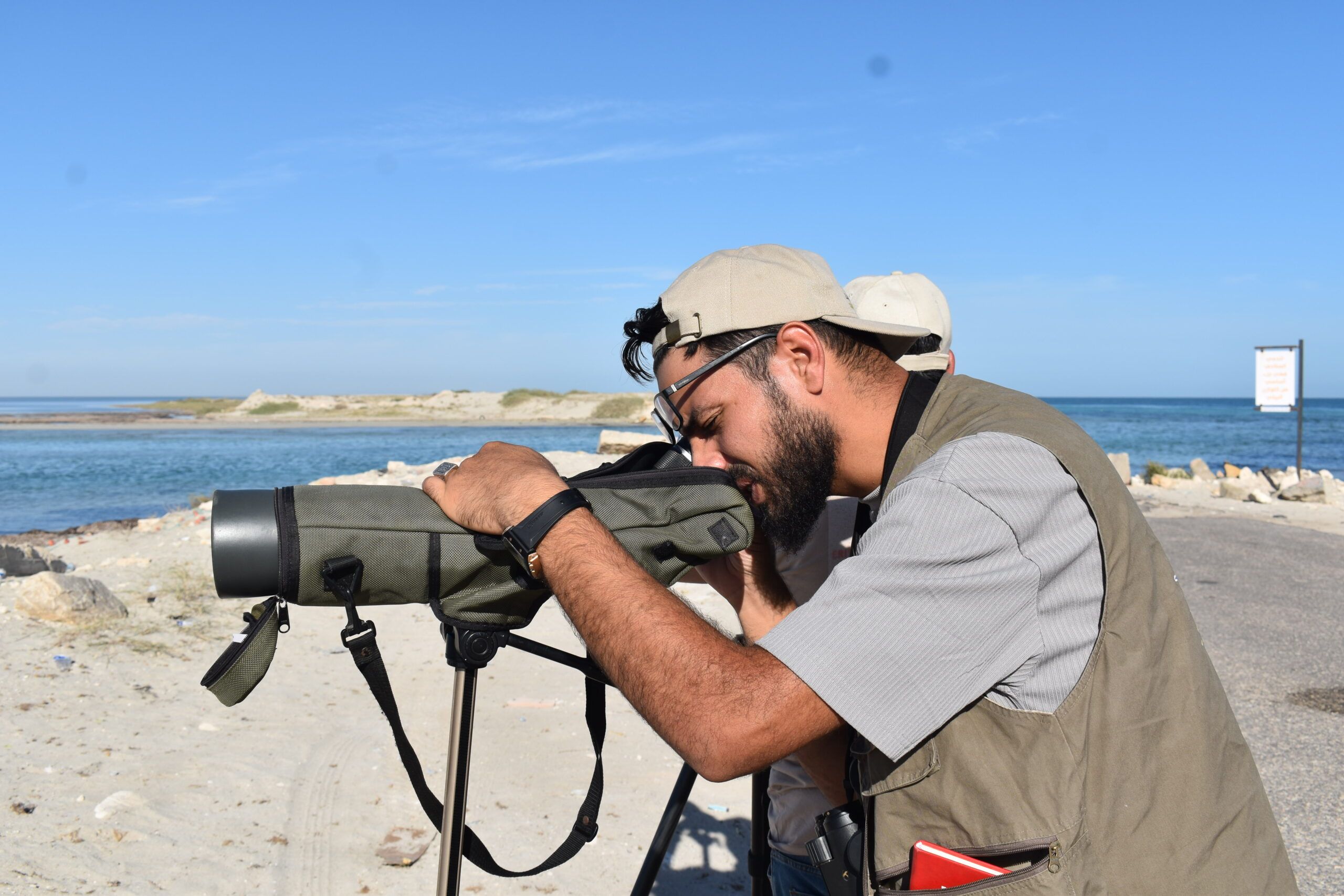
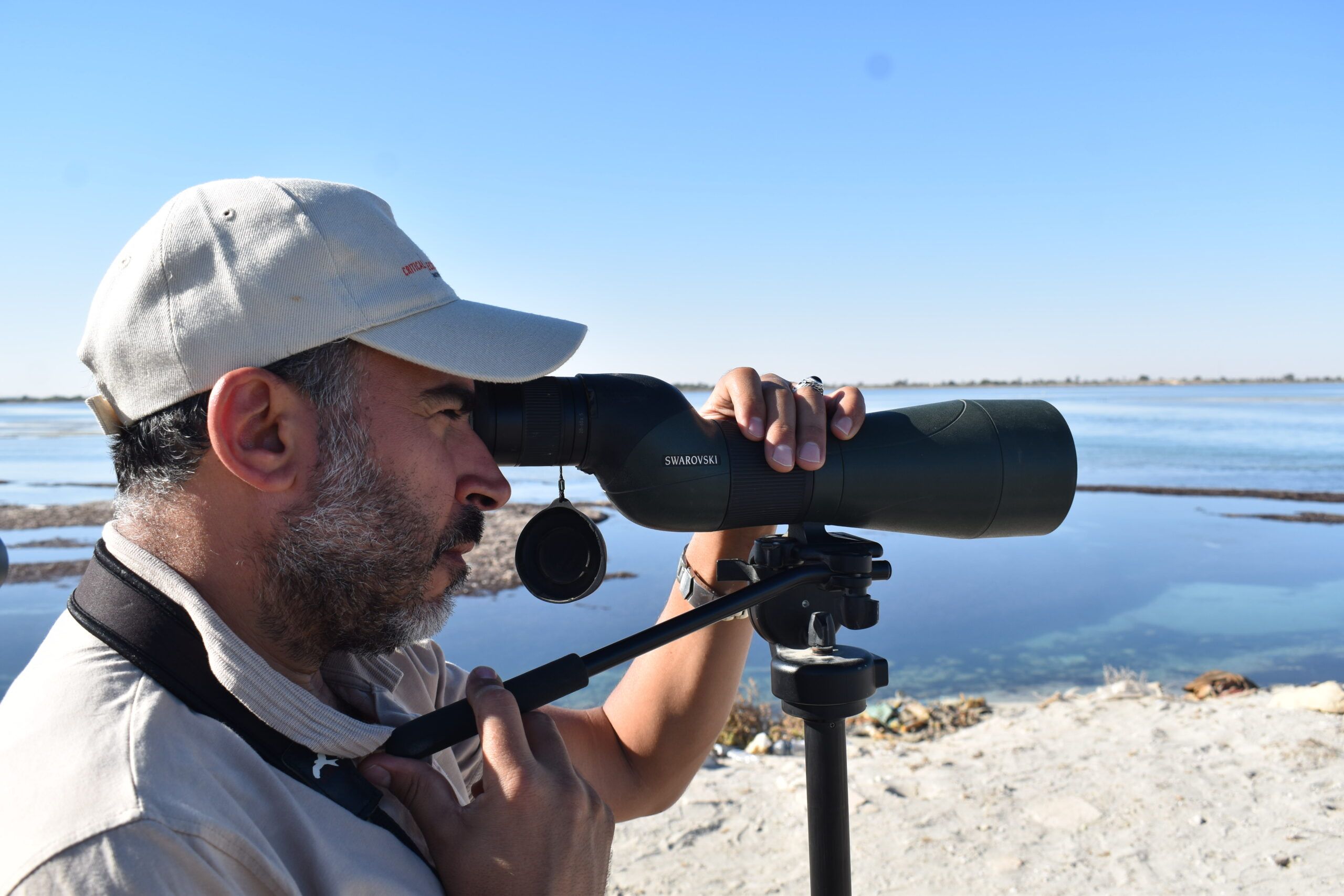
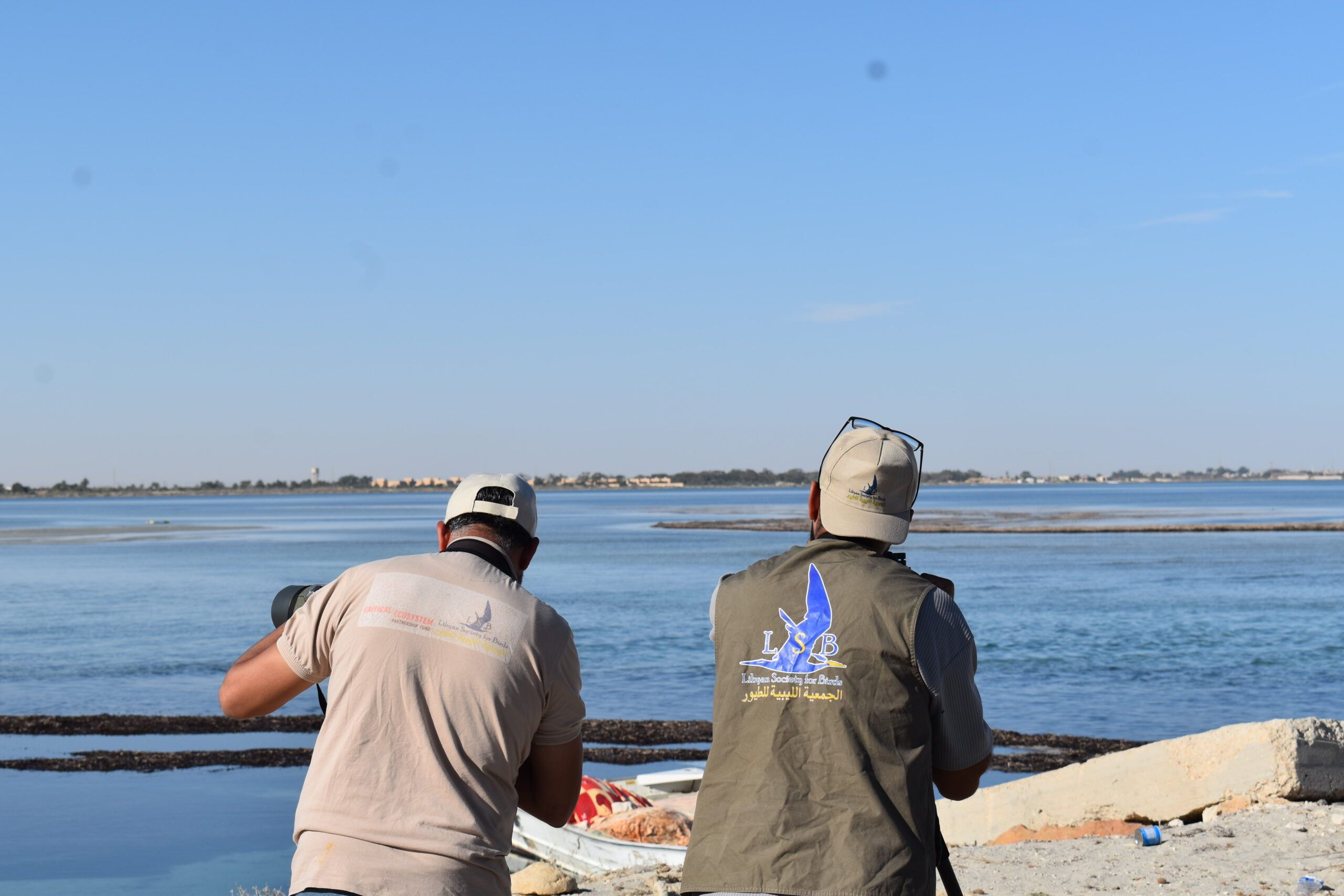
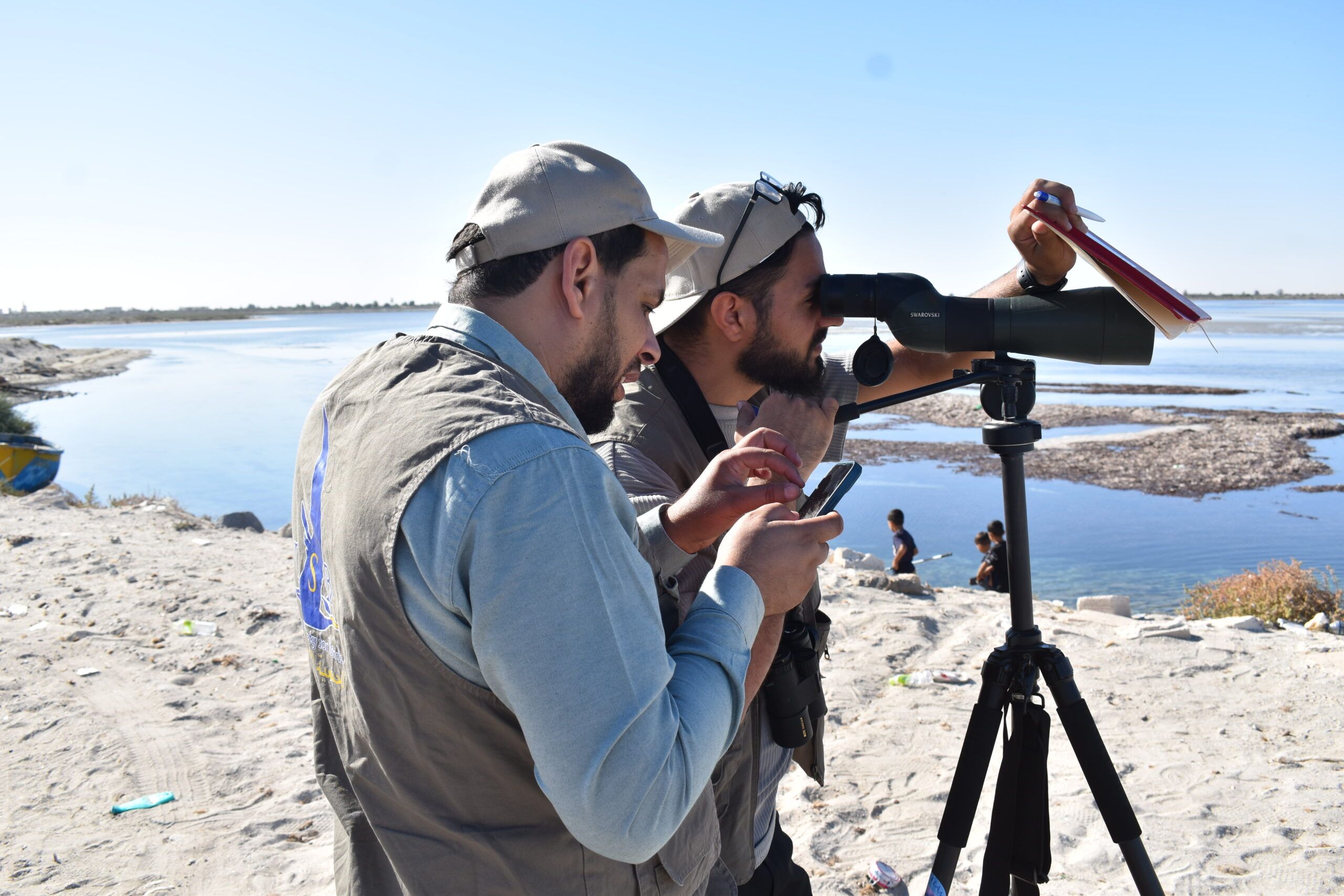
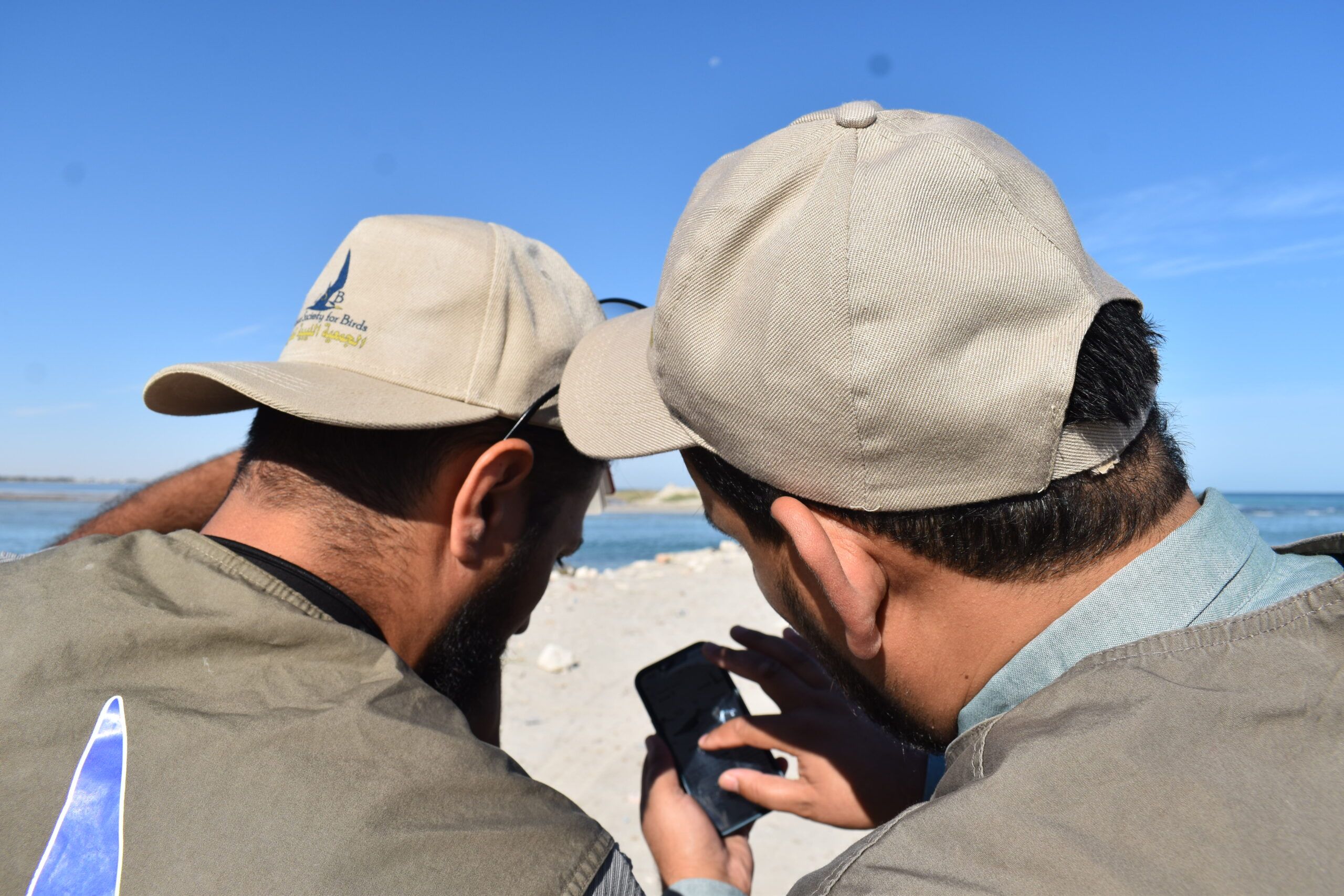
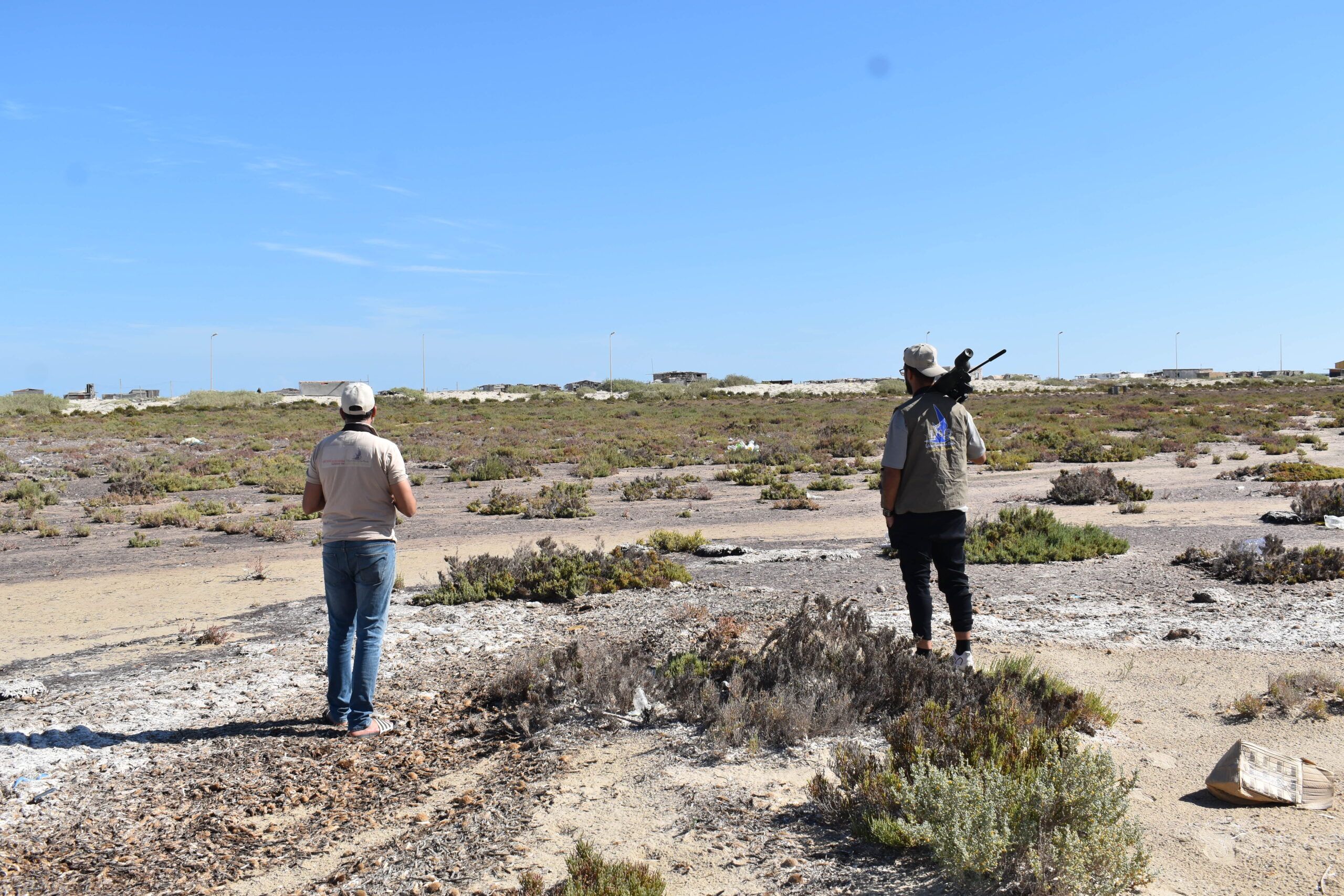
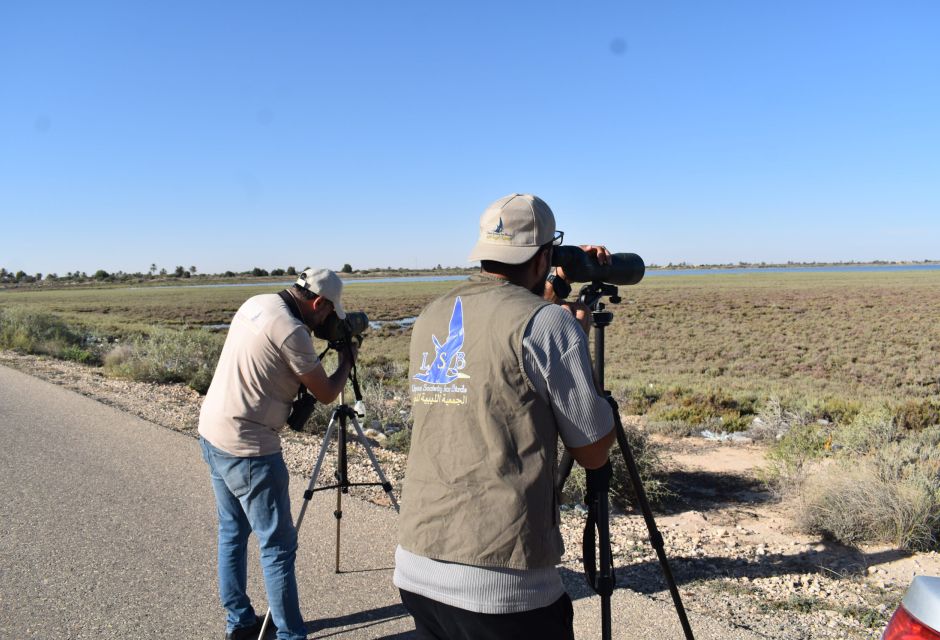
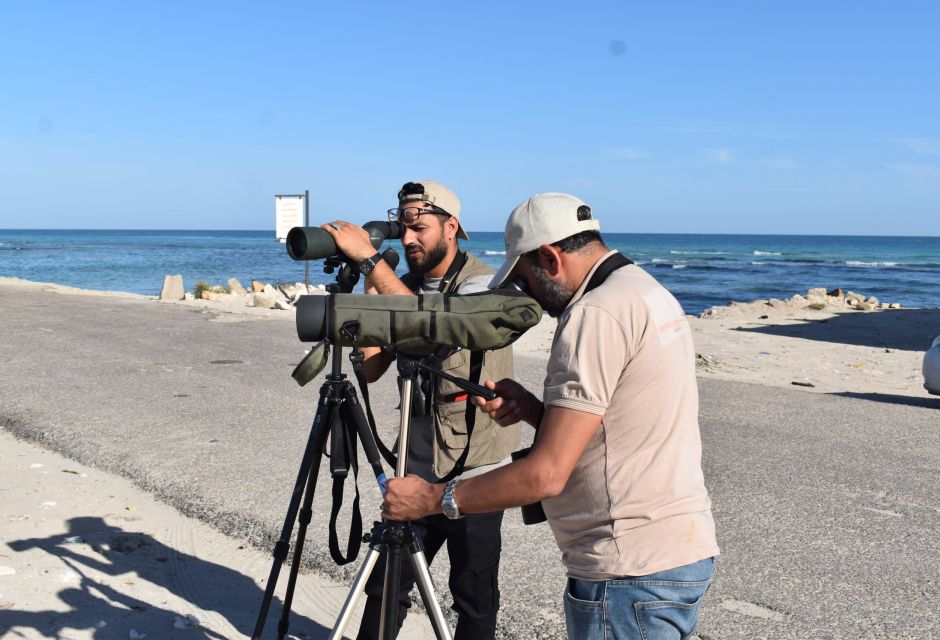

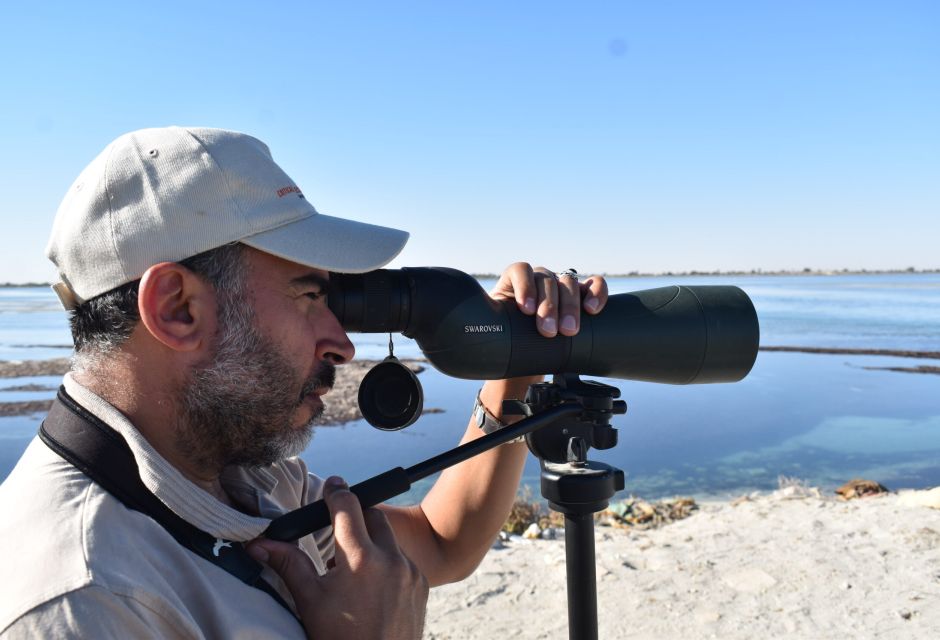
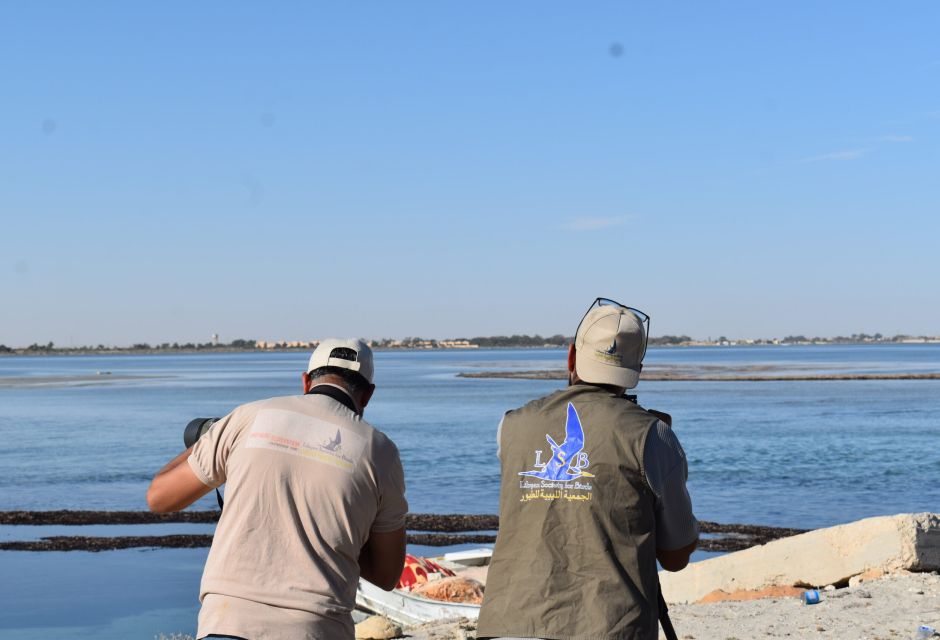
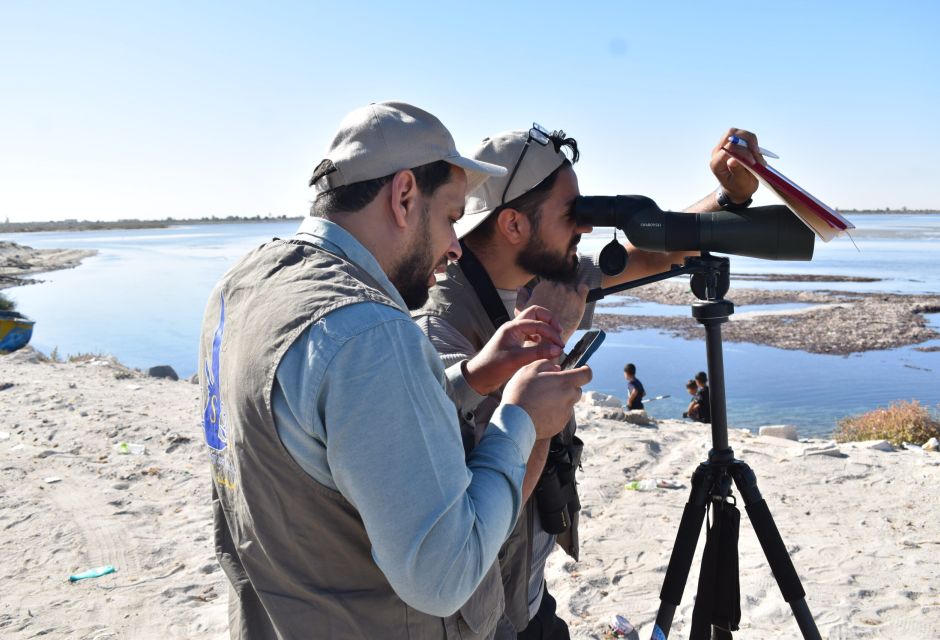
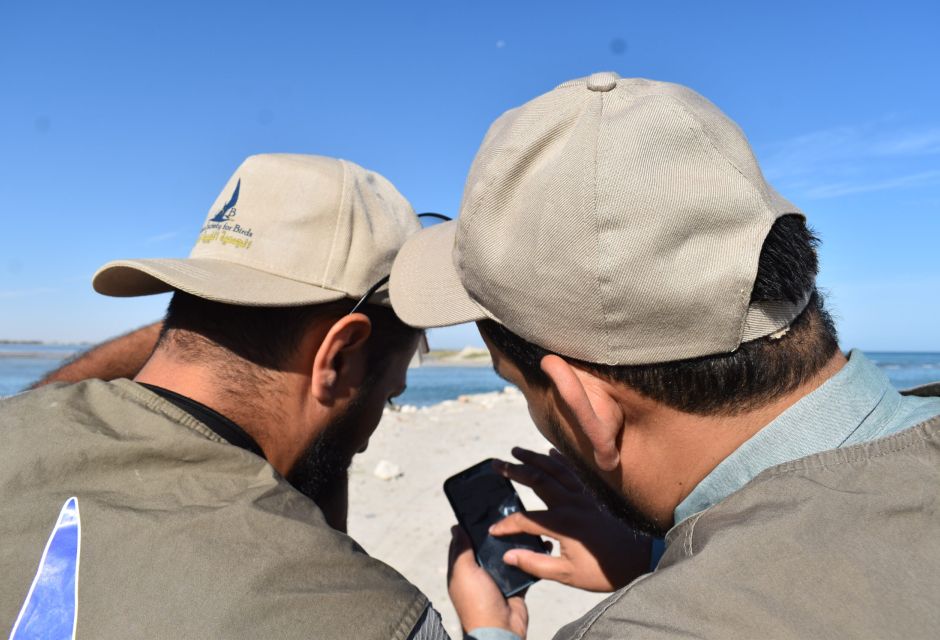
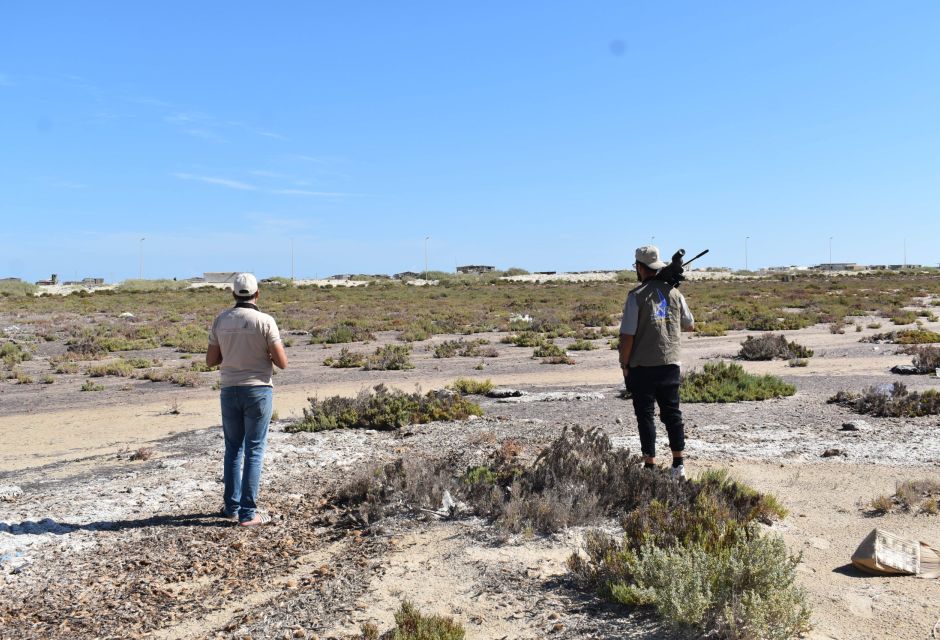
Leave a Reply